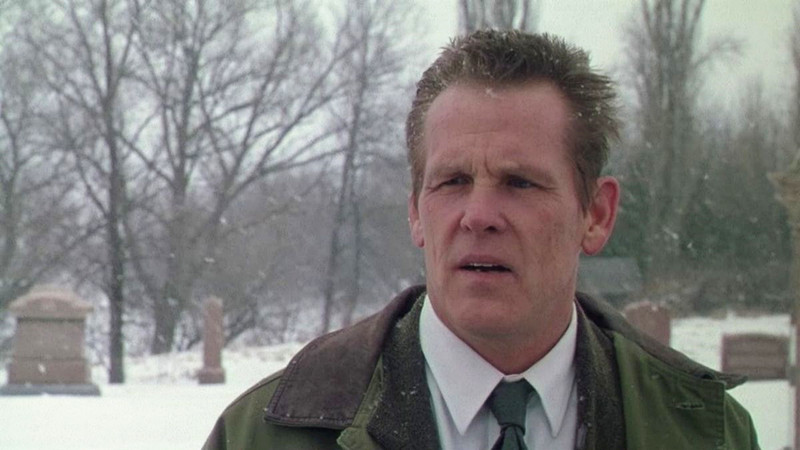
Many would dare say that the 1990s rank pretty high when it comes to the most fruitful decades for the art of cinema. This period gave us wonderful classic dramas of Hollywood, such as “Forrest Gump” and “Shawshank Redemption”, a few grittier mainstream titles of early Quentin Tarantino, and a rebirth for world cinema in many parts of our bustling planet.
It also wasn’t the worst of time for the quirkier souls of the film world, and some very fine and highly appreciated offbeat features hit the theatres: “Desperado”, “The Usual Suspects”, “Fear and Loathing in Las Vegas”, etc.
There was also a decent number of those who were panned by the elite critics and the everyday audiences alike as soon as they hit the theaters, never getting the chance to recover, as well as ones that were lauded as masterpieces at the time of their release, yet got lost as time moved on.
Here are a few:
10. Perdita Durango/Dance with the Devil (1997) – dir. Alex de la Iglesia
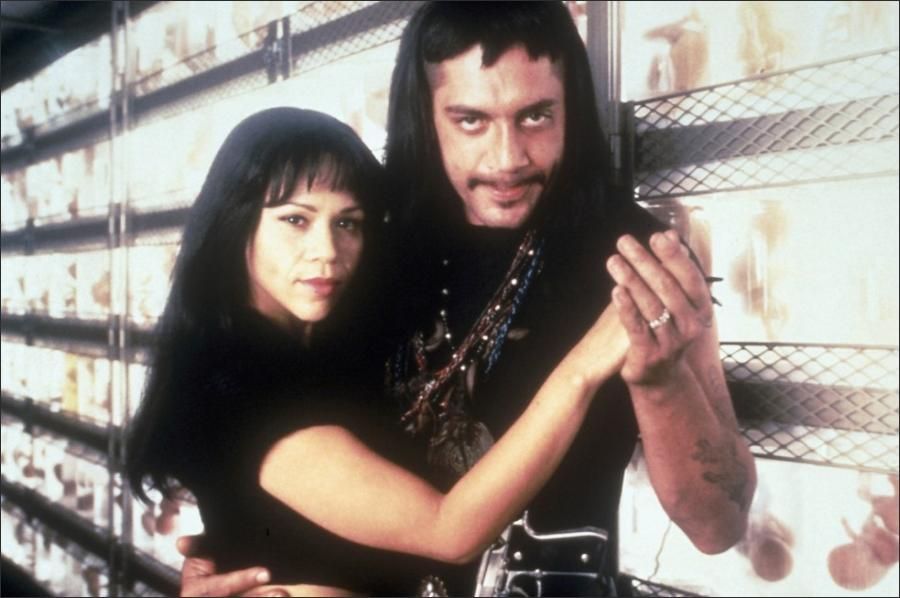
The opus of Alex de la Iglesia is a rich and exotic one, filled with unusual entries, even for his preffered genre (horror). Among his well-known ones is Day of the Beast, made two years prior to this one. It’s status is far from that of a widely known picture, but it’s not as obscure today as this one.
With Rosie Perez bringing the titular character (as per the original title) to life, and Javier Bardem, in one of his earlier roles, taking the part of her demented companion by the name of Romeo, it is a wonderful thrill ride that might leave an unexperienced viewer with his mouth agape, but you wouldn’t be stopping by here if you haven’t already seen a thing or two.
To call it flawless would be a lie, but it is, no doubt, a powerful movie that will leave you shaken. It is, despite its numerous shortcomings that are to be expected from any piece of art and especially one made in the conditions Perdita Durango was made, a solid flick that stood the test of time quite well and will certainly make for a fine viewing on a Saturday night.
9. White Palace (1990) – dir. Luis Mandoki
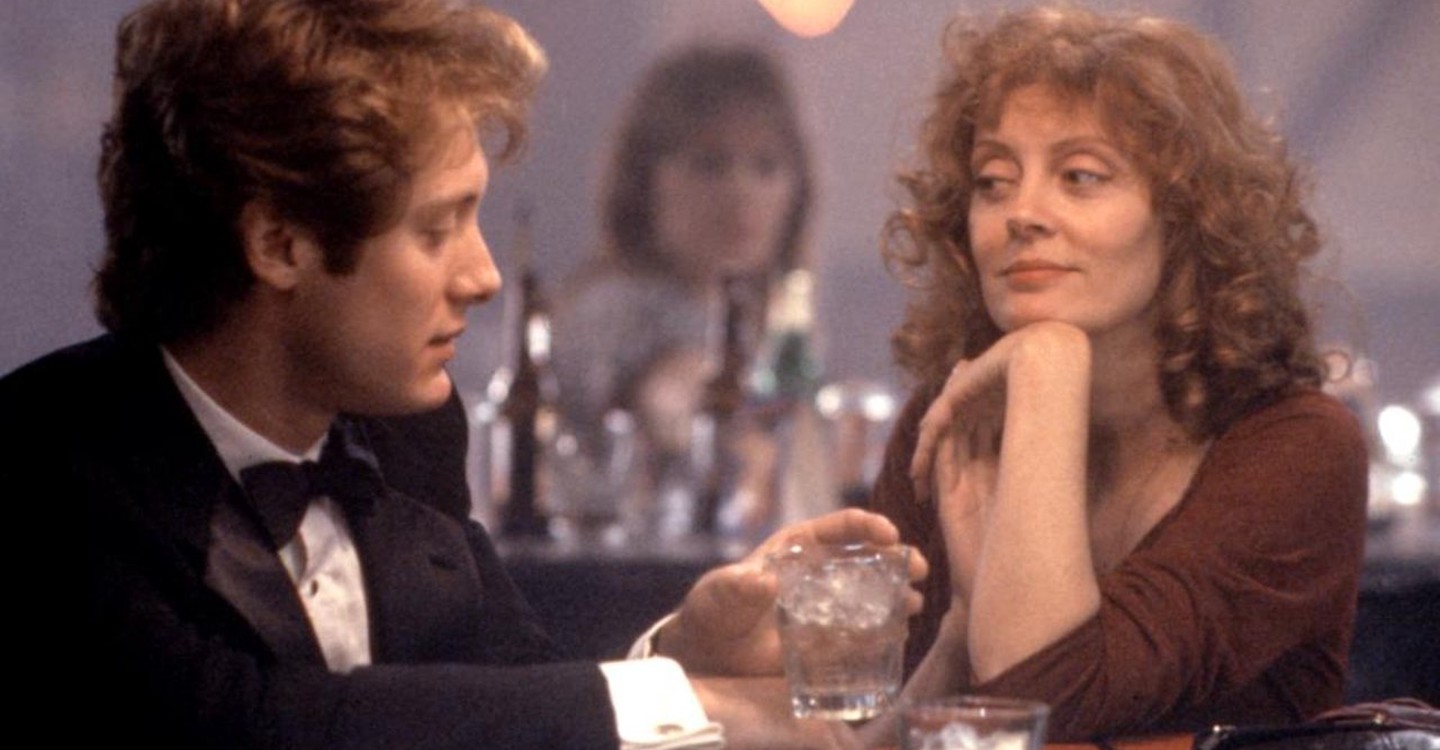
Starring Susan Sarandon and James Spader, and written by Ted Tally, who would later achieve tremendous success with the adaption of The Silence of the Lambs, all under the watchful eye of Luis Mandoki, White Palace is one of the most surprising hits from the beginning of the decade.
Building on the erotic themes mixed with thriller undertones that marked Spader’s career (well, before Blacklist), it is far from an ordinary entry in the filmography of any of the participants of this unusual production:
Riddled with lust and mourning, it explores the human nature in such a way that appears all too natural yet all too strange, from the beginning to the end. While it sometimes tries to unneccessary incorporate elements of the on-the-nose surrealism that don’t quite fit its theme or plot, it very well holds up to this day with its lovable characters and a pulsing love story.
Unfortunately, the fate of not being a critical darling coupled with a rather unimpressive box office performance sealed its existence as one of general obscurity, and it continues to provide its charms only to a handful of film afficionados.
8. Dust Devil (1992) – dir. Richard Stanley
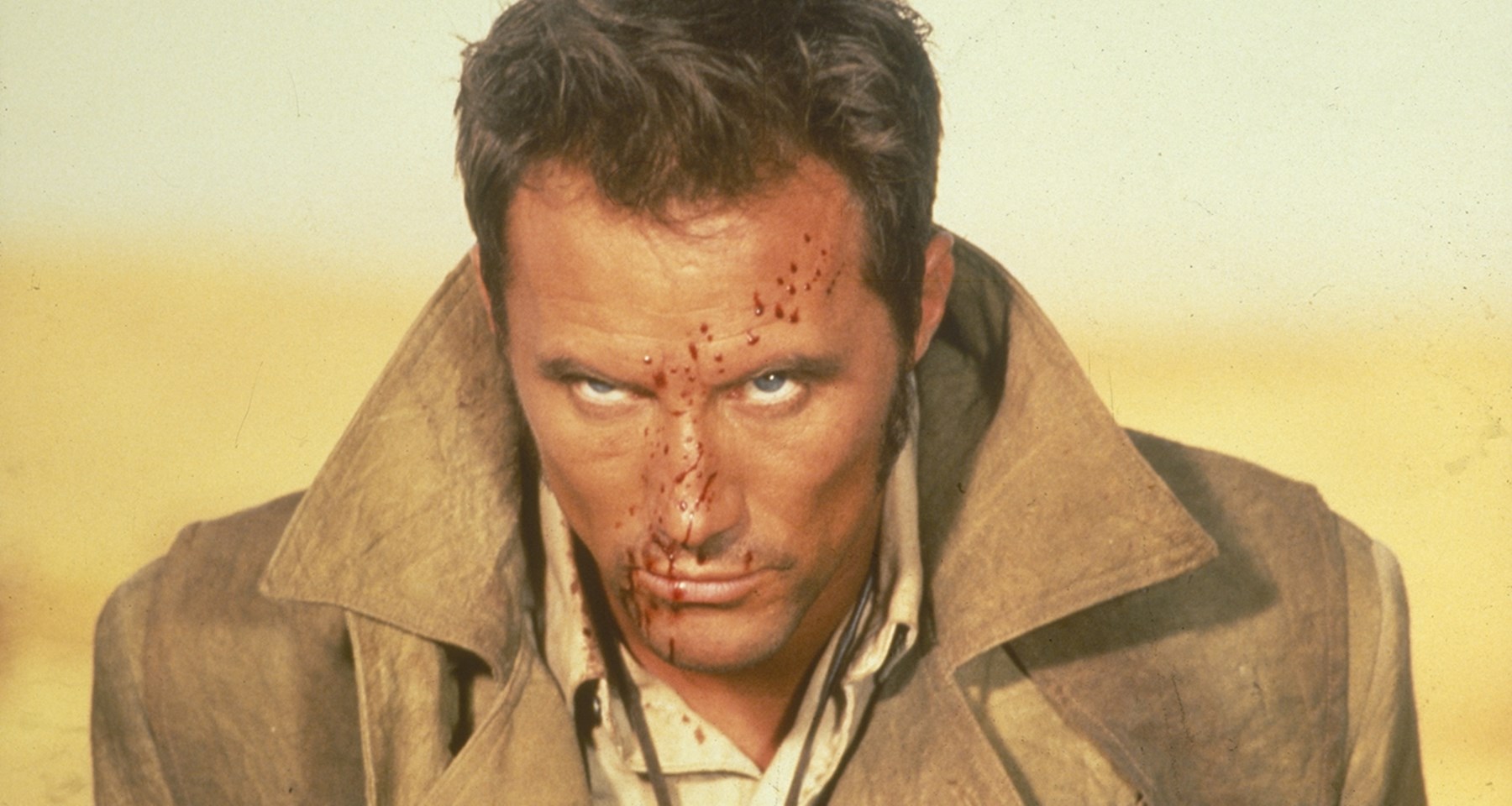
Plagued with numerous problems during the gathering of the funds, the filming and the marketing, Dust Devil could have easily been written off as one of the many failures in the troublesome career of Richard Stanley. However, we’d like to make a case for this one as it, if you dig just a bit deeper, showcases all the wonderful peculiarities of Stanley’s cinematic vision, going farther than any of his following and previous works.
Wonderfully shot, milking its sandy surroundings to the maximum, and using well-known horror/thriller tropes such as the menacing hitchhiker, and sex being a pathaway to death, as well as some fresh bits of local African culture, it is a powerful blend that won’t leave you flat most of the time, though it has its moments of moderate tedium.
It was, unfortunately, ruthlessly butchered by the producers against the directors wishes, leaving out more than half an hour of footage from the final cut. Considering it wasn’t made to be a commercial wonder in the first place, the relatively modest financial success isn’t all that weird, but the lukewarm critical reception certainly was an unexpected blow to the film’s success.
7. Cure (1997) – dir. Kiyoshi Kurosawa
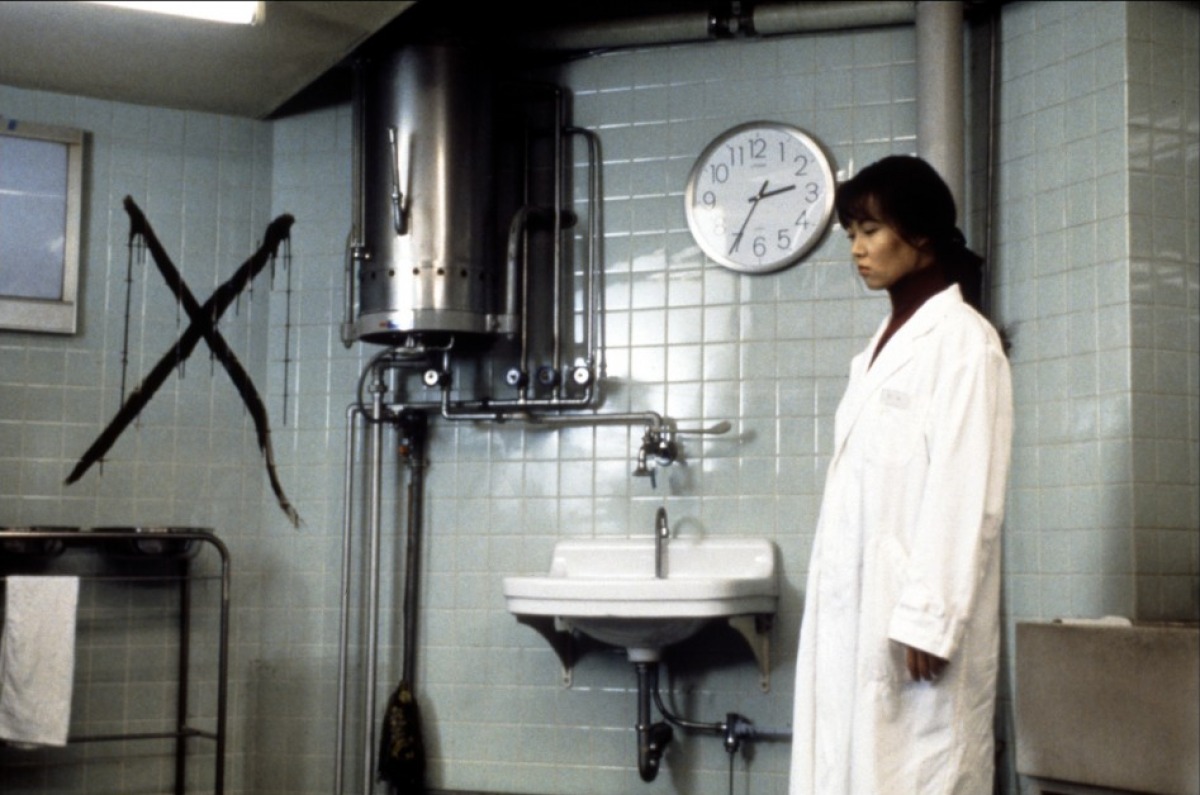
Cited as a major influence by some of the most influential filmmakers of this generation such as Bong Joon Ho, this interesting thriller from the early period in the career of the great Kiyoshi Kurosawa is a straight-up horrifying experience.
With Koji Yakusho (“13 Assassins”, “Memoirs of a Geisha”) in the lead role as detective Kenichi Takabe, and a handful of legends of Japanese horror cast in the supporting roles, it is an elegant critique of the people and customs of Japan neatly packed in a seemingly usual mystery story of people having no recollection of the crimes they have commited.
Truth be told, it was warmly welcomed, home and abroad, at the time of its release and lauded as a bona-fide exercise in terror, on a steady and certain way to become a classic. It sadly doesn’t retain the same status today, possibly because of the shadow of other Japanese horrors of the period (“Ringu”, “The Audition”), and other works of Kurosawa, a lot of which got more attention than Cure.
6. Affliction (1997) – dir. Paul Schrader
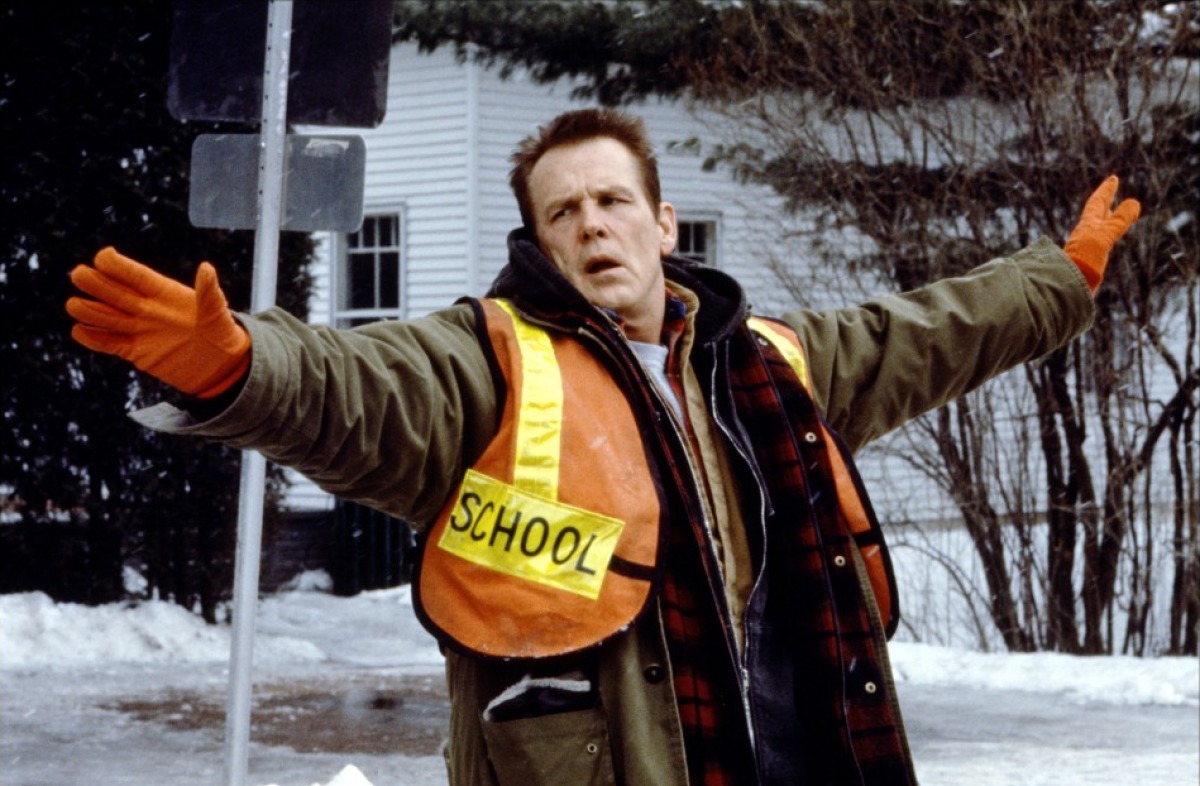
Paul Schrader made a name for hjimself primarily in the screenwriting business, often collaborating with Martin Scorsese, writing gems such as “Taxi Driver” and “Raging Bull”. But he also had quite a successful career as a standalone director, generally bringing his own screenplays to the silver screen with a few mostly unworthy exceptions every now and then. Affliction is one of the better known ones, yet still largely forgotten when listing the great achievements of the 1990s.
Starring Nick Nolte and Sissy Spacek, supported by Willem Dafoe, it is set in the desolated wilderness of New England, a cold and bitter setting that contributes a great deal to the overall feel that Affliction gives the viewer.
The plot follows the life of a policeman plagued by doubts of all sorts, and starts out on an ambigous note before tying it all together to pack a final punch that will leave you hanging on the edge of your seat.